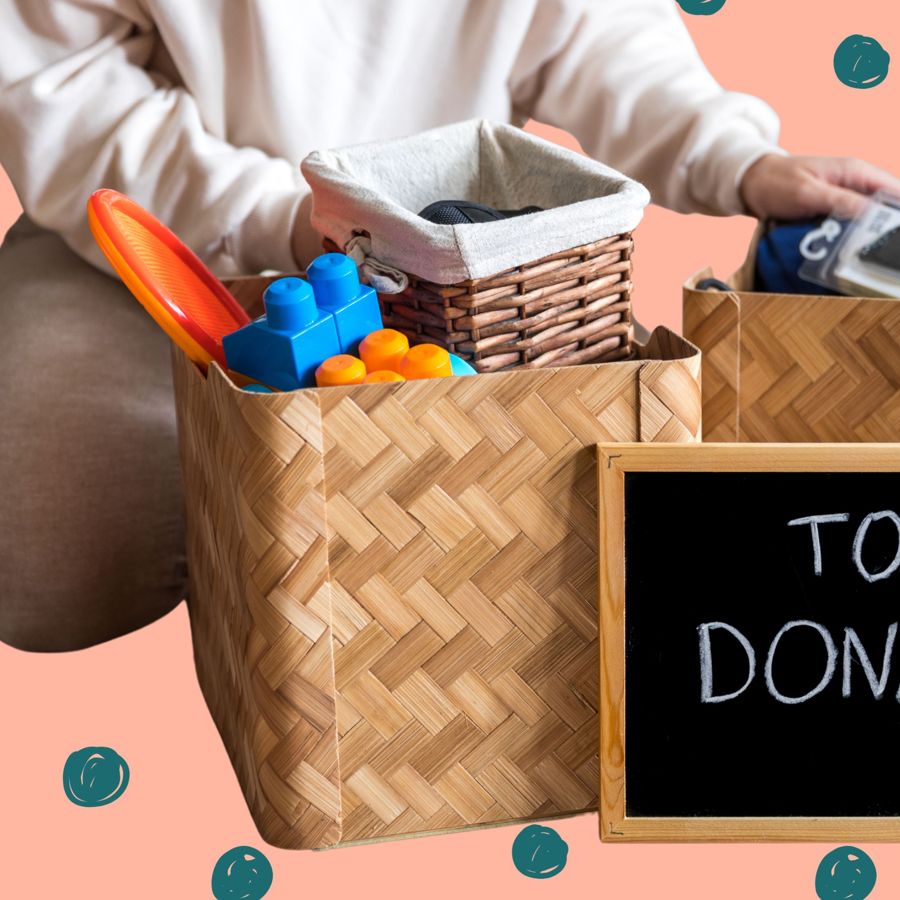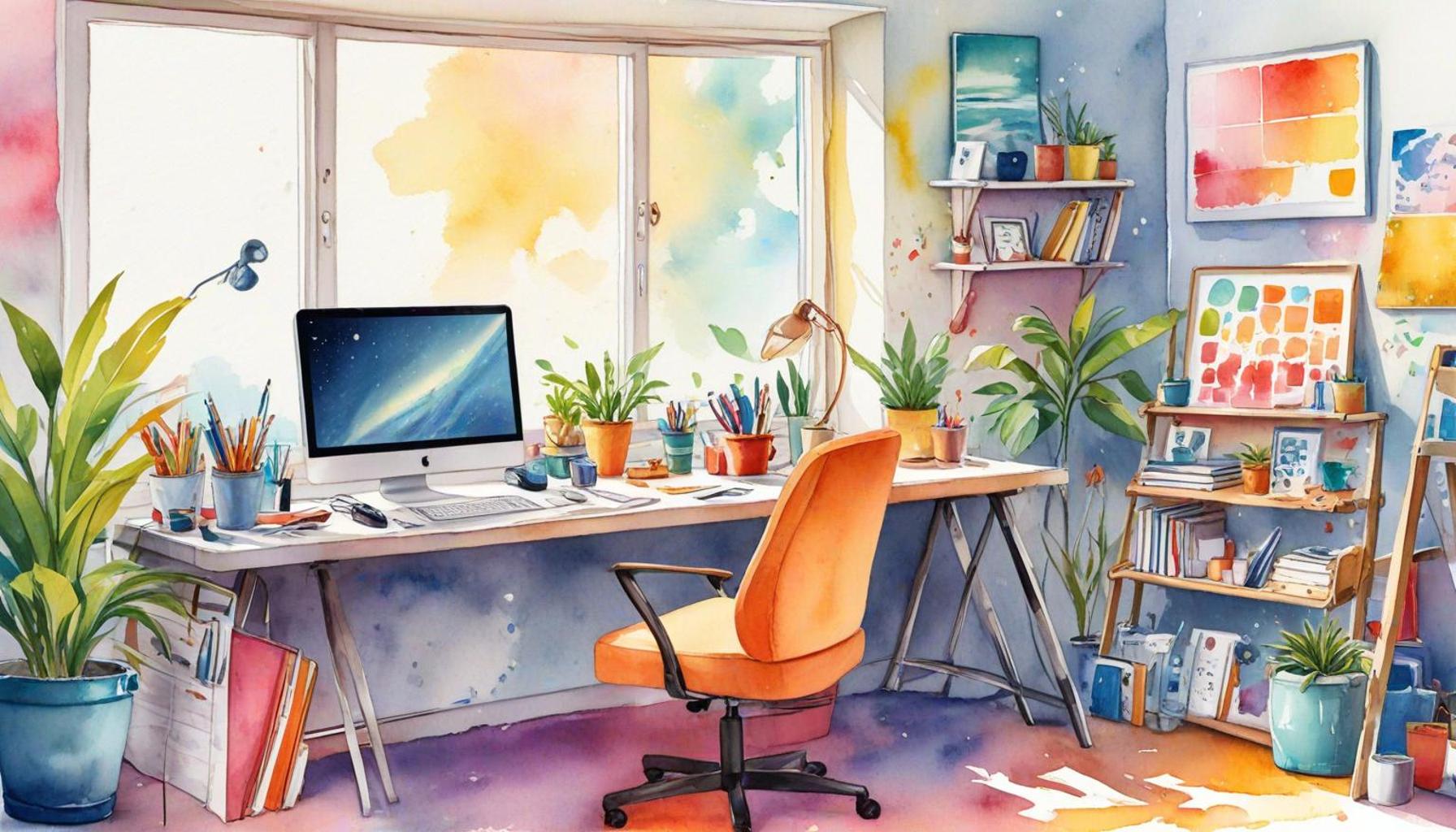Reduction of Clutter and the Art of Living with Less: Principles of Minimalism Applied to Daily Life

In today’s fast-paced world, the accumulation of clutter has become a common concern for many individuals and families. With the rise of consumer culture and the constant barrage of advertisements encouraging us to acquire more, many find themselves overwhelmed by the sheer volume of possessions that fill their homes. As we navigate this cluttered landscape, the question arises: how can we achieve a sense of balance and tranquility in our lives?
Minimalism offers a compelling solution. By focusing on the art of living with less, we can unlock a treasure trove of benefits that go far beyond aesthetics. Not only does minimalism advocate for a simpler space, but it also encourages a clearer mind and a more fulfilling lifestyle. Some remarkable benefits of embracing minimalism include:
- Reduced stress and anxiety: Studies show that a clutter-free environment can lead to lower cortisol levels, which in turn decreases overall stress. Living within a minimalist space allows individuals to feel less overwhelmed by visual noise and distractions.
- Increased mental clarity: When we eliminate the excess, we create room for better focus. A streamlined environment can enhance our concentration, making tasks more manageable and enjoyable.
- Enhanced financial freedom: Minimalism encourages thoughtful purchasing decisions. By prioritizing meaningful possessions over impulsive buys, individuals often find themselves saving money and investing in experiences rather than material items.
Understanding the principles of minimalism is pivotal in navigating this transformative journey. This approach not only simplifies decisions but also nurtures a mindset shift that urges us to evaluate what truly adds value to our lives. It fosters a deep connection to both our possessions and our well-being.
Practical Applications
Embarking on a minimalist journey doesn’t happen overnight. It requires intentionality and commitment. Here are some practical strategies to initiate this lifestyle change:
- Declutter one room at a time: Rather than attempting to overhaul your entire home at once, focus on one space. Start with simple areas like a closet or a kitchen drawer, and gradually move through each room.
- Assess the utility of each item: Ask yourself if each item in your home serves a purpose or brings you joy. If it doesn’t, consider letting it go. This practice is known as “spark joy,” a concept popularized by Marie Kondo.
- Embrace digital solutions to reduce physical paperwork: In our digital age, physical documents are often unnecessary. Utilize apps and cloud storage to manage your important documents electronically, significantly reducing paper clutter.
As we delve deeper into the reduction of clutter and the principles behind minimalism, it becomes clear that this lifestyle not only simplifies your physical space but also enriches your daily experiences. From creating more time for meaningful connections to providing the mental bandwidth for personal growth, minimalism offers a transformative approach to living a balanced life. Join us in exploring the profound impacts of choosing less over more—your journey starts here.

DISCOVER MORE: Click here to enhance your organization skills
Embracing Minimalism: The Key Principles
The journey towards minimalism requires understanding its core principles, which serve as the foundation for a lifestyle devoted to reduction of clutter and simplicity in daily life. At its essence, minimalism challenges the notion that our worth is tied to the quantity of our possessions. Instead, it emphasizes quality, utility, and the emotional connections we form with our belongings. By aligning your life with these fundamental principles, you can create an atmosphere conducive to serenity and fulfillment.
One of the central tenets of minimalism is the notion of intentionality. This principle invites individuals to make conscious decisions about what they allow into their lives. Before acquiring new items, ask yourself whether the addition serves a distinct purpose or contributes meaningfully to your life. This simple reflection can stave off impulsive purchases, promoting a thoughtful consumption mindset.
Another principle is freedom through restriction. By establishing limits on what you own, you free yourself from the burden associated with overwhelming choice and maintenance. This could mean committing to following the “one in, one out” rule, where for every new item brought into your home, an old one must be let go. Such practices foster a sense of control and ensure that your space remains uncluttered.
Mindset Shift: From Ownership to Experience
Minimalism also encourages a profound mindset shift from valuing ownership to valuing experiences. Experiential living allows individuals to invest time and resources into activities that bring joy and personal growth rather than purchasing material goods that often lose their appeal shortly after acquiring them. Those who adopt this principle often find themselves allocating resources toward travel, hobbies, and shared experiences with loved ones, enriching their lives in ways that physical items could never match.
To get started on this transformative path, consider implementing these practical strategies:
- Set measurable goals: Identify specific aspects of your life you want to streamline—be it your wardrobe, home decor, or workspace. Establish achievable goals that allow you to visualize your progress.
- Practice regular decluttering: Make it a habit to regularly evaluate your possessions. Schedule a monthly or seasonal decluttering session to assess and purge items that no longer serve you.
- Adopt a minimalist mindset: Cultivate a philosophy that prioritizes necessities and disregards fleeting trends. This approach encourages mindfulness in all aspects of life, from home decor to personal spending habits.
By incorporating these strategies into your life, you can begin to unravel the complexities of material ownership and embrace a lifestyle focused on living with less. As you embark on this journey, enjoy the process of discovering not only what you can live without but also what truly enriches your life. Ultimately, minimalism is not about deprivation; it’s about making room for the things that matter most.
Exploring Minimalism in Daily Life
Embracing minimalism is not merely a trend; it’s a lifestyle transformation deeply rooted in the principles of simplifying one’s surroundings and prioritizing meaningful experiences. Minimalism encourages individuals to analyze their possessions and make intentional choices about what to keep and what to let go. This practice often results in a more peaceful and organized living space, reducing stress and fostering a sense of clarity.
The Psychological Benefits of Minimalism
Living with less can significantly impact mental health. The decision to reduce clutter allows for enhanced focus and creativity. By limiting distractions, individuals often find that their productivity increases in both their personal and professional lives. Moreover, the act of decluttering can be cathartic; many report feeling a sense of liberation when they release items that no longer serve them.
Minimalism and Financial Freedom
Another significant aspect of minimalism is its potential for enhancing financial health. By prioritizing experiences over material possessions, individuals can redirect their resources towards investments or savings. This approach not only cultivates a more fulfilling lifestyle but also encourages a thoughtful consumption mindset, helping to avoid unnecessary debts and impulsive purchases.
| Key Principle | Advantages |
|---|---|
| Reduction of Clutter | Fosters a clearer mental space and reduces anxiety. |
| Embracing Less | Encourages deeper connections and enhances overall satisfaction in life. |
As individuals continue to explore the principles of minimalism, it is essential to embrace a mindset of continuous learning and curiosity. This journey allows people to discover what truly matters and cultivate a world filled with intention, free from the excess that often weighs them down.
Practical Steps to Simplify Your Life
To begin this transformative journey, start with small, manageable steps. Identify areas in your home that feel overwhelming and tackle them one at a time. Consider adopting a ‘one-in, one-out’ rule to prevent future clutter and encourage a habit of conscious consumption. This simple practice can lead to significant changes over time, promoting a lifestyle that aligns with the principles of minimalism.
DISCOVER MORE: Click here to enhance your productivity
Navigating Daily Life with Minimalism
As the hustle and bustle of daily life intensifies, embracing minimalism can serve as a reprieve—transforming chaos into calm. This journey is not solely about getting rid of excess physical items; it extends to time management, digital space, and emotional well-being. Living with less translates into a holistic approach that enhances various aspects of life.
The Digital Declutter: Simplifying Your Virtual Space
In today’s digital age, we often overlook the concept of clutter in our virtual world. It’s easy to accumulate thousands of digital files, emails, and social media connections that contribute to a sense of overwhelm. Taking strides towards minimalism necessitates a diligent review of your digital footprint. Start by organizing your email inbox; unsubscribe from newsletters and promotional emails that no longer serve you. Invest time in decluttering your computer desktop, creating folders for essential files, and discarding duplicates.
Social media poses an additional layer of potential clutter. Evaluating your digital connections can facilitate a more fulfilling online presence. Aim to curate your social media feeds by following accounts that inspire and uplift you. Consider taking digital detoxes to reaffirm the difference between engaging with life and being inundated with superficial content.
Streamlined Routines: Crafting a Minimalist Lifestyle
Incorporating minimalism into your daily routines can yield significant benefits, leading to enhanced productivity and reduced stress. Examine your morning routine, for example. Do you find yourself overwhelmed by choices? A minimalist approach could involve streamlining tasks—selecting a few go-to outfits, simplifying breakfast options, and pre-planning essential activities the night before. This fosters an intentional start to your day, allowing you to focus on what truly matters.
Consider the impact of meal preparation, too. Minimalist cooking emphasizes simple, nutritious ingredients and meal-planning strategies, resulting in less time spent deciding what to eat and more time enjoying meals with loved ones. Opt for versatile recipes that can be adapted based on what you already have on hand, reducing both food waste and the mental clutter of meal decision-making.
Emotional Health: Letting Go of the Past
Beyond physical and digital decluttering, minimalism provides a pathway for emotional healing and self-awareness. Letting go of possessions often mirrors the process of letting go of emotional baggage. Engage in reflective practices, such as journaling or meditation, to excavate feelings tied to particular items. This introspection can lead to a deeper understanding of what you truly value in your life and encourage you to release elements that no longer resonate with your current self.
Building a support network of like-minded individuals can also bolster your minimalism journey. This may involve joining local community groups or online forums where sharing experiences fosters collective growth and encouragement. These connections can offer inspiration and motivation as you navigate the challenges of adopting a new way of living.
As you integrate these principles of minimalism into your everyday life, remember that improvement takes time and consistent effort. Through thoughtful choices and mindful practices, you will discover a greater sense of peace and clarity, ultimately enriching your experience of life while embracing the art of living with less.
DISCOVER MORE: Click here for practical organizing tips
Conclusion: Embracing the Art of Living with Less
In a world overflowing with distractions and material possessions, the principles of minimalism offer a refreshing perspective on how to navigate daily life with intention and clarity. By prioritizing what truly matters, individuals can experience profound benefits that extend beyond mere physical decluttering. The journey of reducing clutter is a continuous one, weaving through various facets of existence—from physical spaces and digital landscapes to emotional health.
As we apply minimalism to our routines, we begin to observe the transformative power of simplification. The reduction of unnecessary commitments and possessions allows for a clearer mind and a more profound connection with the present moment. This mindset sparks not only enhanced productivity and reduced stress but also fosters deeper relationships and self-awareness.
The art of living with less invites us to reassess our values and redefine our priorities. It encourages us to cultivate environments that nurture creativity and peace, rather than chaos. As we consciously embrace the idea of living with less, we free ourselves from the burdens of excess and pave the way for a more meaningful existence.
Ultimately, minimalism encourages exploration—a journey towards discovering what brings us true joy and fulfillment. As you embark on this path, consider taking small, deliberate steps and remember, there is beauty in simplicity. Whether it’s through decluttering your home, streamlining your digital life, or letting go of emotional baggage, commit to making choices that resonate with your authentic self. By doing so, you open the door to greater freedom, creativity, and joy in everyday living.


